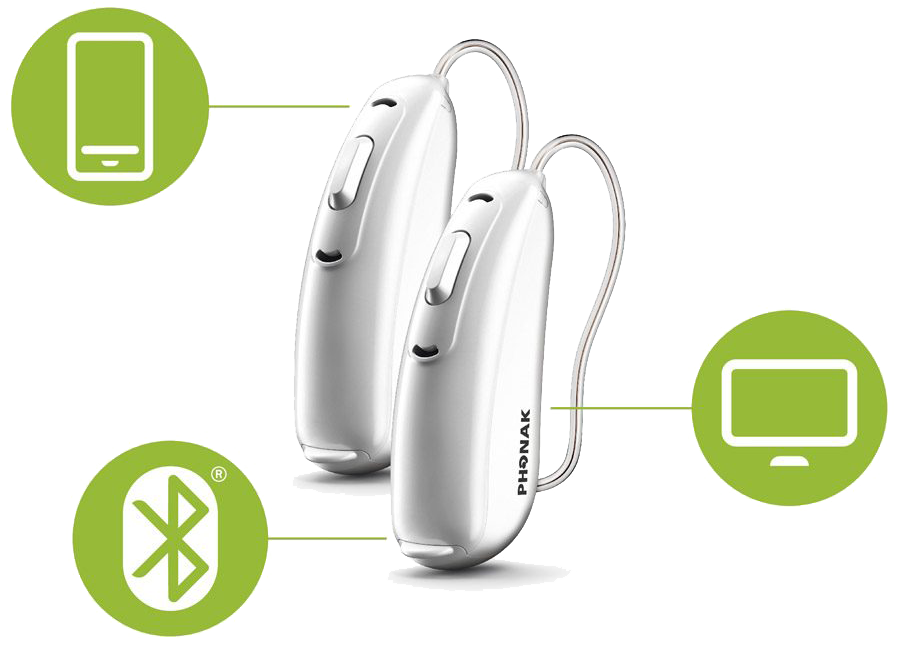Hearing Aid Guide
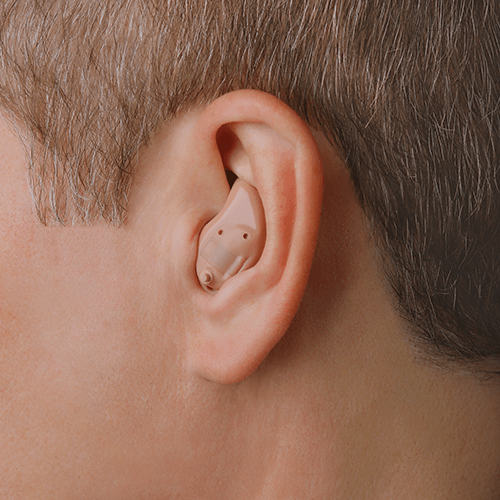
In-the-Ear (ITE) Hearing Aids
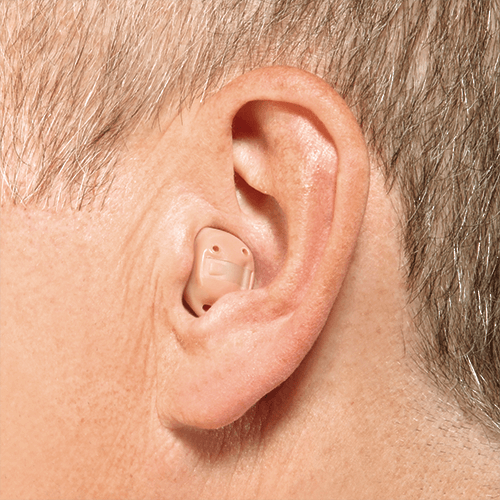
In-the-Canal (ITC) Hearing Aids
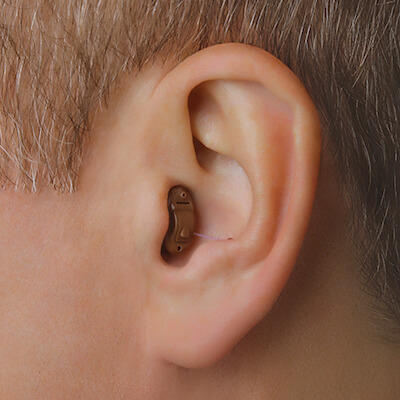
Completely-in-the-canal (CIC)
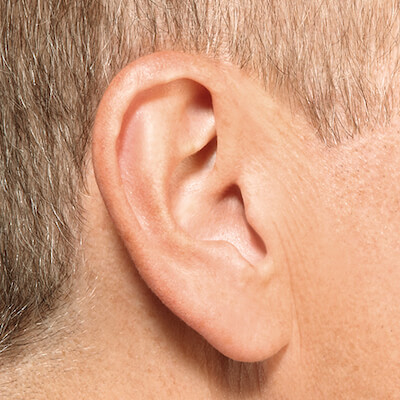
Invisible-in-Canal (IIC) Hearing Aids
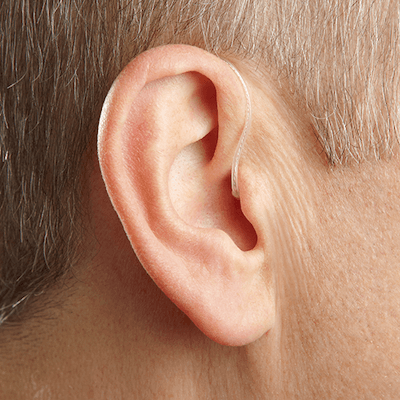
Receiver-in-Canal (RIC) Hearing Aids
This is an open-fit hearing aid which utilizes a thin plastic wire with a speaker (receiver) at the end tip. The hearing aid itself is placed behind the ear. This receiver is inserted into the ear canal making the amplified sound project directly towards the eardrum. This means air and sound can go into the ear canal as normal. The benefit of the open design makes the RIC style avoid the ‘plugged up’ feeling that occurs compared to more traditional in the ear type hearing aids. RIC hearing aids make up 70%+ of all new orders in the US today. These aids are so popular because they can do so much more compared to every other style of hearing aid. Two of the biggest innovations today in RIC technology are Rechargeability and Bluetooth Connectivity.

Behind-the-Ear (BTE) Hearing Aids
Hearing Aid Technology
Bluetooth
Bluetooth is one of the most exciting technologies to enter the hearing aid world in the past year. Bluetooth is a wireless communication framework created to enable audio data transfer between two or more electronic devices.
There are a range of benefits to Bluetooth technology. Some of the benefits include the ability to stream sound to both ears, listen to music and have phone conversations with sound going straight to your hearing aid. This means you don't have to take out your hearing aids when taking a phone call. This technology allows for true “hands-free” usage specifically for cell phones. Bluetooth enabled hearing aids allows for hearing aid users to comply with hands free cell phone usage which complies with Georgia driving laws.
Rechargeable hearing aids


